- Learning time
- 30 minutes
- First play time
- 80 minutes
Darjeeling
Designed by: Günter Burkhardt
In Darjeeling players are striving to be the most successful tea exporter. It’s a quick-moving game that usually finishes in under an hour.
The board is made up of a series of tiles that can be laid out different ways to represent – loosely speaking – different tea-growing countries. The tiles show tea crates – or parts of them. Your job is to collect a series of tiles that fit neatly together, making one or more crates of the same colour that you can then ship – placing cubes of your colour on a set of wooden boats – in return for victory points. So far, so straightforward. But when you ship has a factor in how many points you score and how much you ship, equally so. Obviously shipping more gains you more return, but there may be times you want to ship just one crate – because when another player ships tea it continues to score them points until their crates are finally bumped from the ships. And the only way to do that is keep shipping!
You collect the tiles by moving your tea-grower around the country and how far he or she moves also has a bearing on your score. Turning them ninety degrees is free and moving one tile space is free. Go any further and you start to accrue costs. Equally shipping when your tea grower isn’t adjacent to a city also incurs a cost – one less crate gets shipped. There are bonus cards available for players who pick up certain tiles – there’s only two types: one doubles your points for shipping, and the other negates the penalty for not shipping when next to a city.
Love tea? In all fairness, this game doesn’t really conjure up images of leafy Indian plantations, so theme-wise it’s not the most immersive. What it does do well though is offer an abstract-type game of tactics where everyone is racing to finish – the game ends instantly when one player hits 100 points – and the leader will probably change several times.
The guru's verdict
-
Take That!
Take That!
Not a lot, but it's possible to nab tiles you suspect someone else wants (and vice versa) or ship a lowly crate just to bump someone else's crates down the pecking order. Eventually the bottom ship loses its cargo and that player no longer scores points for it.
-
Fidget Factor!
Fidget Factor!
Although the board movement and tile-collection is straightforward, the scoring system and tactics probably don't suit younger kids. Older players shouldn't have to wait long for a turn.
-
Brain Burn!
Brain Burn!
Low. Your choices are which tile to pick up, and when to ship. The first 20 minutes for your first game might feel a bit hesitant, but it'll soon become clear.
-
Again Again!
Again Again!
There's lots of randomness built into the game, and it's not one that will eat up an evening. So it probably depends how you feel about what is essentially an abstract game.

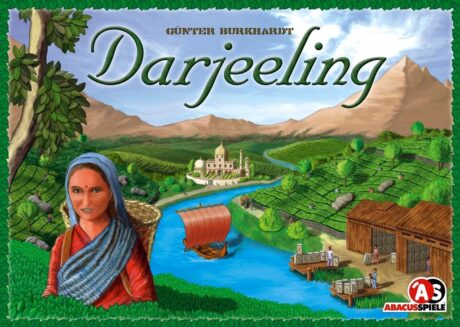
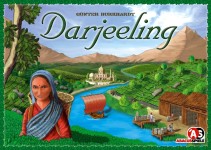
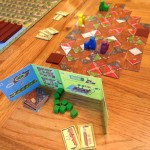
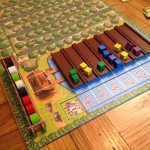
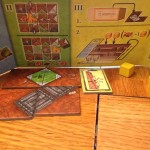
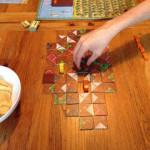


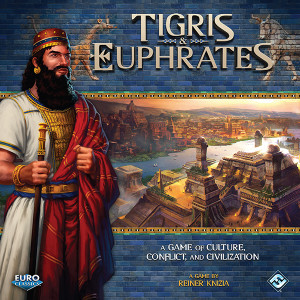
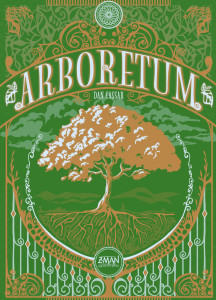
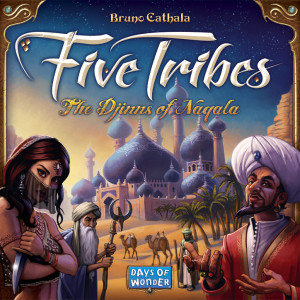

Sam says
As noted above, the game doesn't really give you an insight into tea-growing. And it's not the most beautiful looking, either. But it's a fun challenge - figuring out your best move, trying to keep track of what the other players are up to, and making sure when you do ship tea you don't end up with zero points for it!